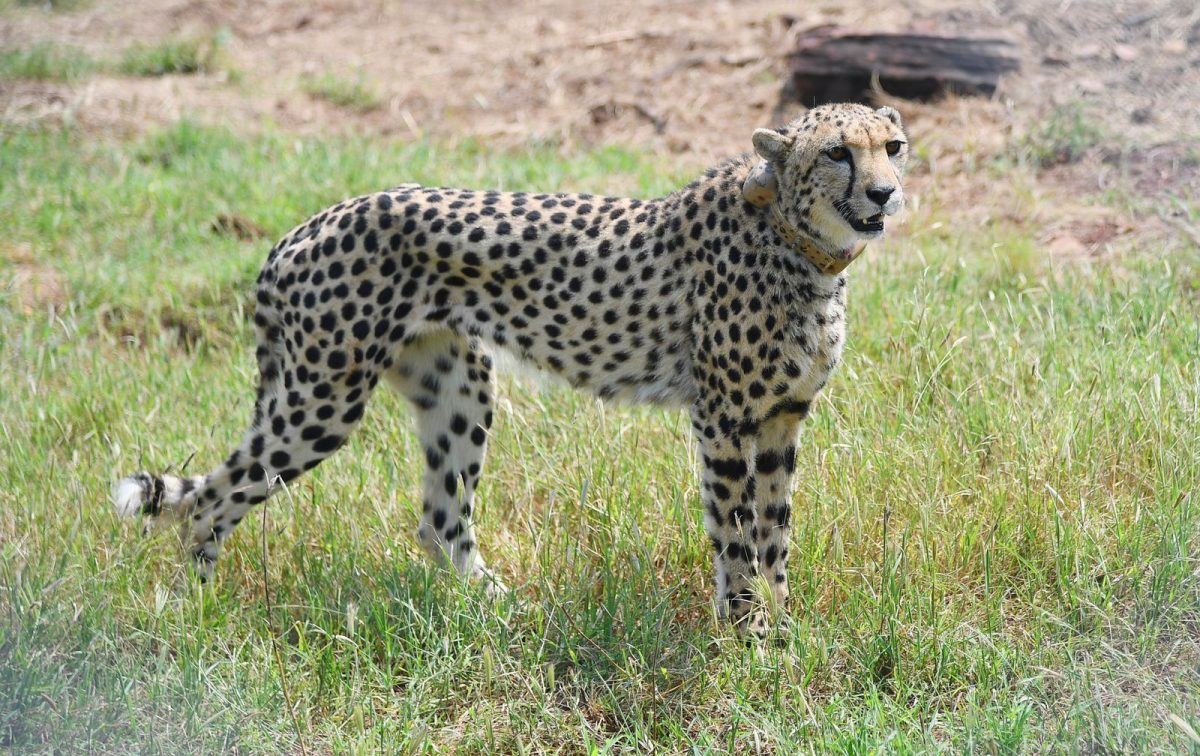Prime Minister Narendra Modi today launched the world’s first Cheetah Rehabilitation Project by releasing eight cheetahs at Kuno National Park in Sheopur district of Madhya Pradesh. These cheetahs have been brought from Namibia.
These cheetahs were first brought to Gwalior from Namibia by special aircraft and then brought to Kuno National Park by helicopter. It is worth mentioning that in the survey of potential areas conducted by Wildlife Institute of India for Cheetah Rehabilitation in India, out of 10 selected places in the country, Kuno National Park in Madhya Pradesh has been found to be the most suitable.
The area spread over 750 square kilometers of Kuno National Park is suitable for the habitat of about two dozen cheetahs.
Apart from this, a forest area of about three thousand square kilometers is also available for free movement of cheetahs in Sheopur and Shivpuri districts. The Governor and Chief Minister of Madhya Pradesh and several Union Ministers were also present on the occassion.
Speaking on the occasion, the Prime Minister thanked the government of Namibia for help in programme to reintroduce cheetahs to India. He added that Cheetahs are our guests and they should be given a few months to make Kuno national park their home.
The efforts made by the Narendra Modi government have brought positive results in the conservation of wildlife. The government has said that the coverage of Protected Areas which was 4.90 percent of country’s geographical area in 2014 has now increased to 5.03 percent.
This includes an increase in Protected Areas in the country from 740 with area of over one lakh 61 thousand square kilometers in 2014 to 981 with an area of over one lakh 71 thousand square kilometers at present.
On the other hand, forest and tree cover has increased by 16 thousand kilometers in the last four years and India is among few countries in the world where forest cover is consistently increasing.
India is home to 52 Tiger Reserves covering 18 States with around 75 percent of population of the wild tiger at the global level.
The Tiger Population in India has increased from 2 thousand 226 in 2014 to 2 thousand 967 in 2018. The budgetary allocation for tiger conservation was raised from 185 crore rupees in 2014 to 300 crore rupees in 2022.
The population of Asiatic Lions also recorded a steady increase with a population of 674 individuals since 2015. So far it has witnessed one of the highest growth rate of 28.87 percent.
Besides, the country has also witnessed over 60 percent increase in the population of leopard since 2014. The number of leopard has gone up from 7 thousand 910 in 2014 to 12 thousand 852 in 2020.




























 WhatsApp us
WhatsApp us